South Korean president Moon Jae-in had a surprised meeting with North Korean leader Kim Jong-un on Saturday, regarding the summit with the US. Moon’s office said after the meeting that the leaders “exchanged views and discussed ways to implement the Panmunjom Declaration and to ensure a successful US-North Korea summit.”
Moon added in a press conference that “should the North Korea-US summit succeed, I would like to see efforts to formally end the (Korean) war through a three-way summit of the South, the North and the US.” Moon also sought agreement from Kim that the summit must be held.
A South Korean official said that “the discussions are just getting started, so we are still waiting to see how they come out, but depending on their outcome, the president could join President Trump and Chairman Kim in Singapore.”
White House spokeswoman Sarah Sanders also said that “the White House pre-advance team for Singapore will leave as scheduled in order to prepare should the summit take place.”
Also, Trump himself tweeted that the US teams is now in North Korea to discuss the meeting.





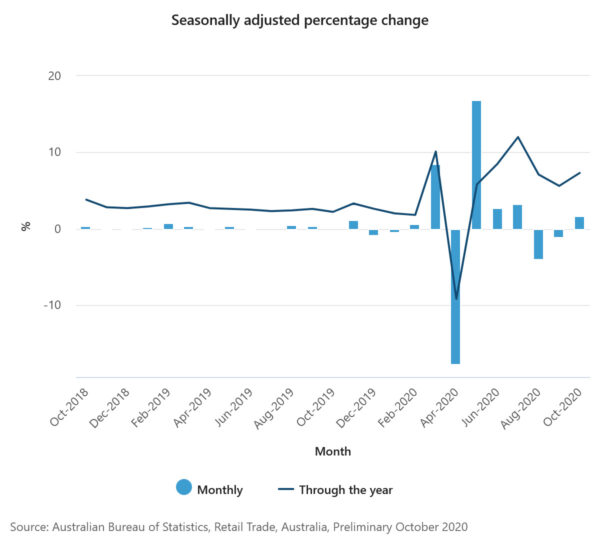
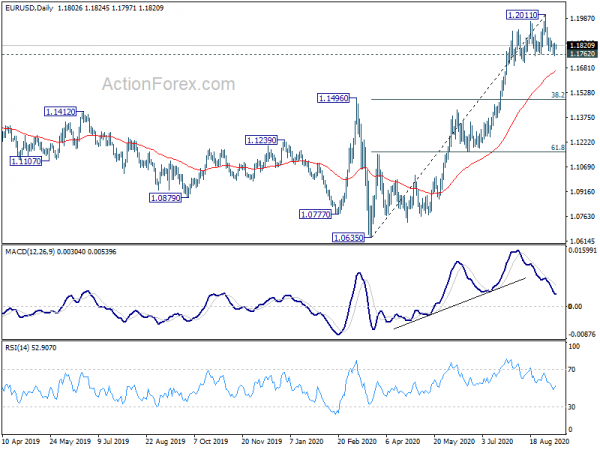
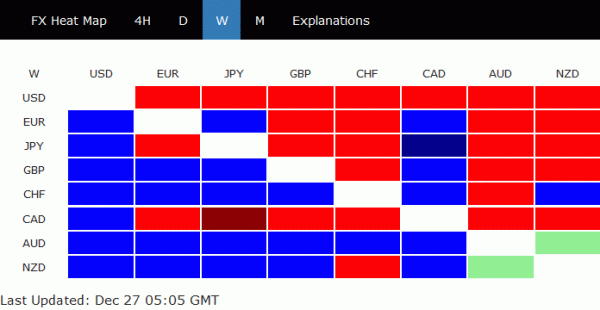
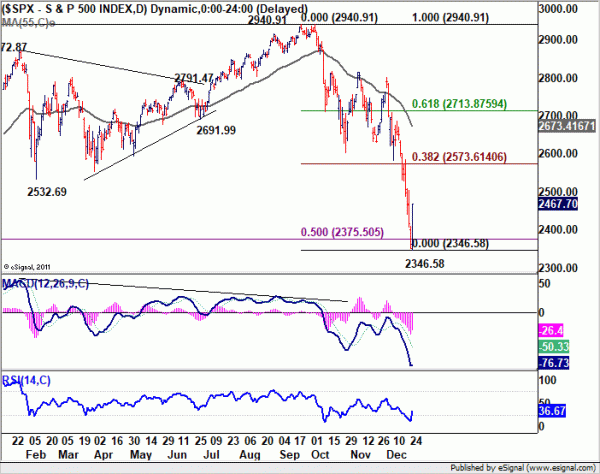
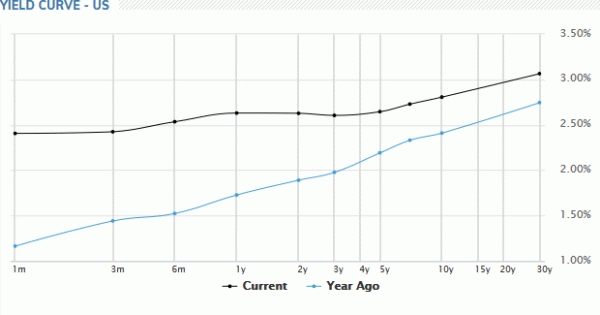
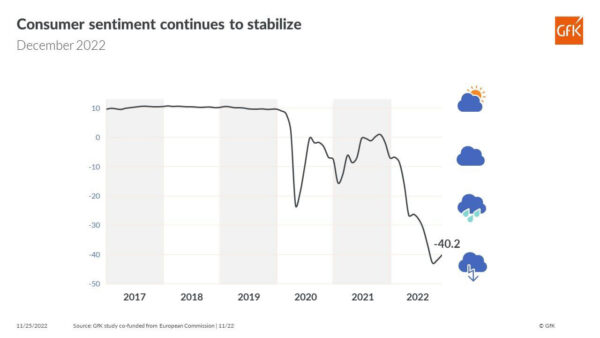
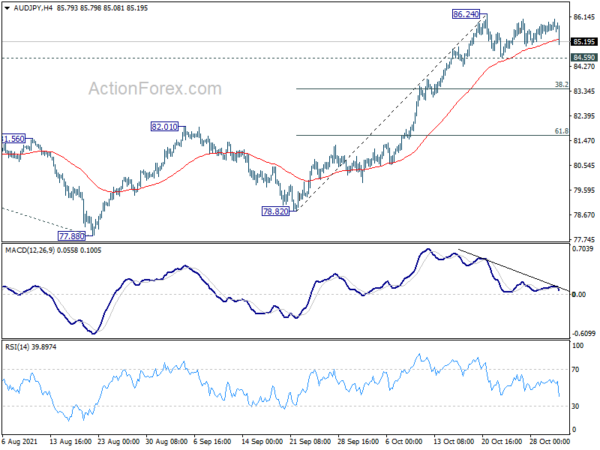
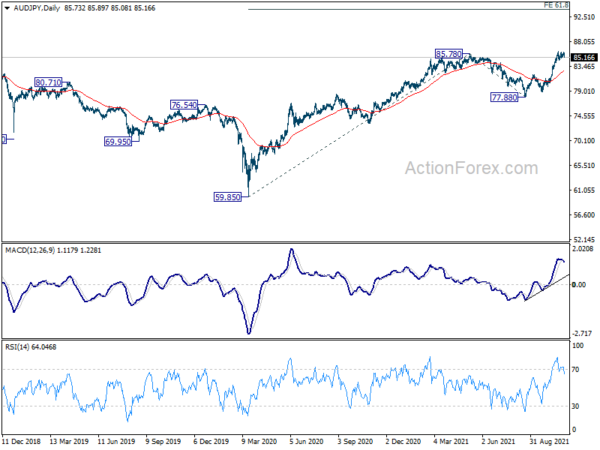
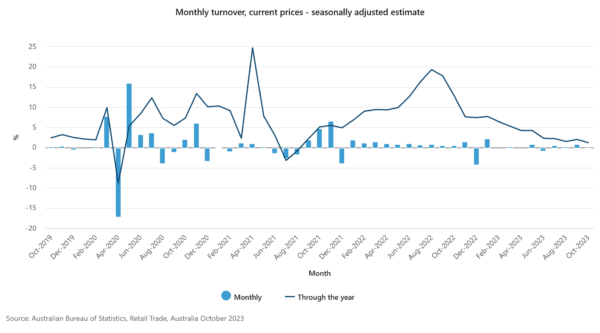
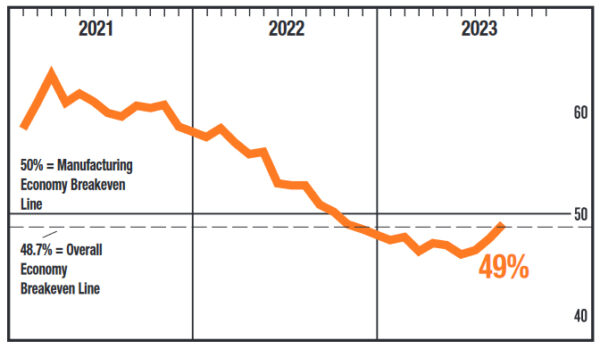
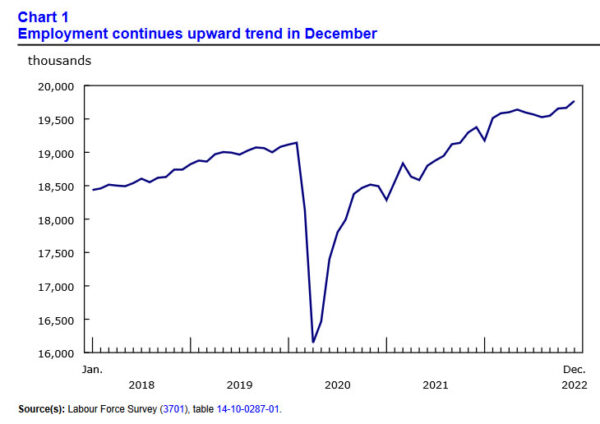
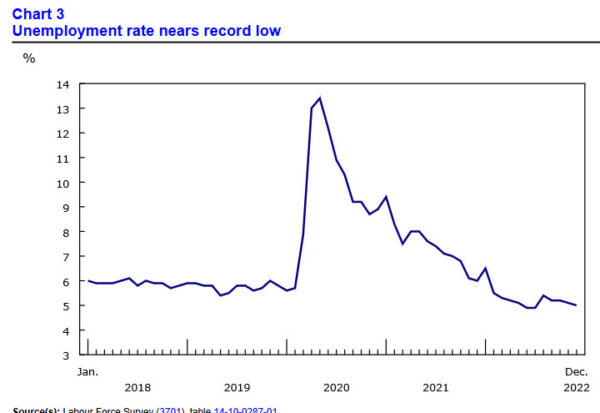
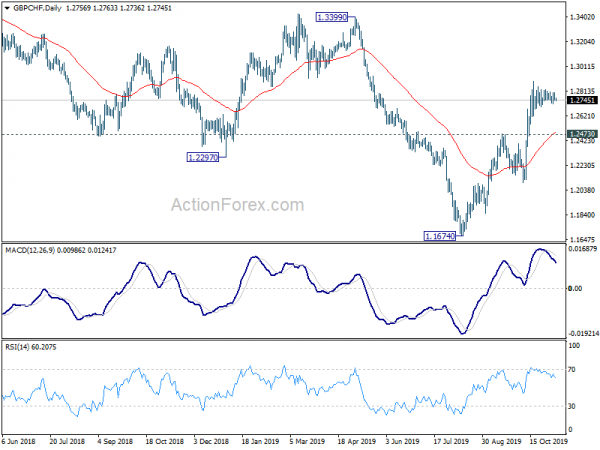
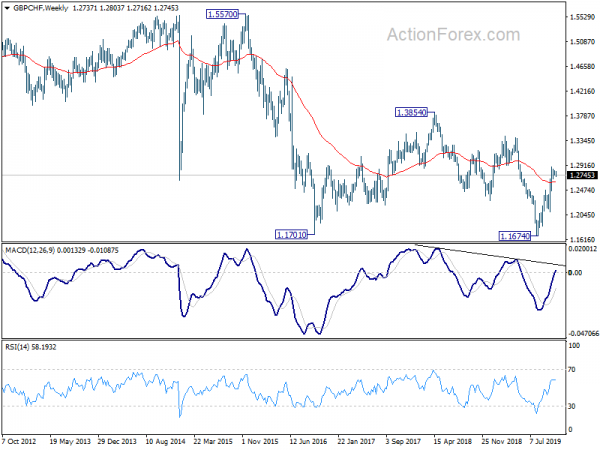

UK Johnson welcomes the UK/EU Agreement as new starting point
UK Prime Minister Boris Johnson spoke to European Council Charles Michel today. He tweeted afterwards, “I welcomed the importance of the UK/EU Agreement as a new starting point for our relationship, between sovereign equals.”
“We looked forward to the formal ratification of the agreement and to working together on shared priorities, such as tackling climate change,” he added.
By loading the tweet, you agree to Twitter’s privacy policy.
Learn more
Load tweet